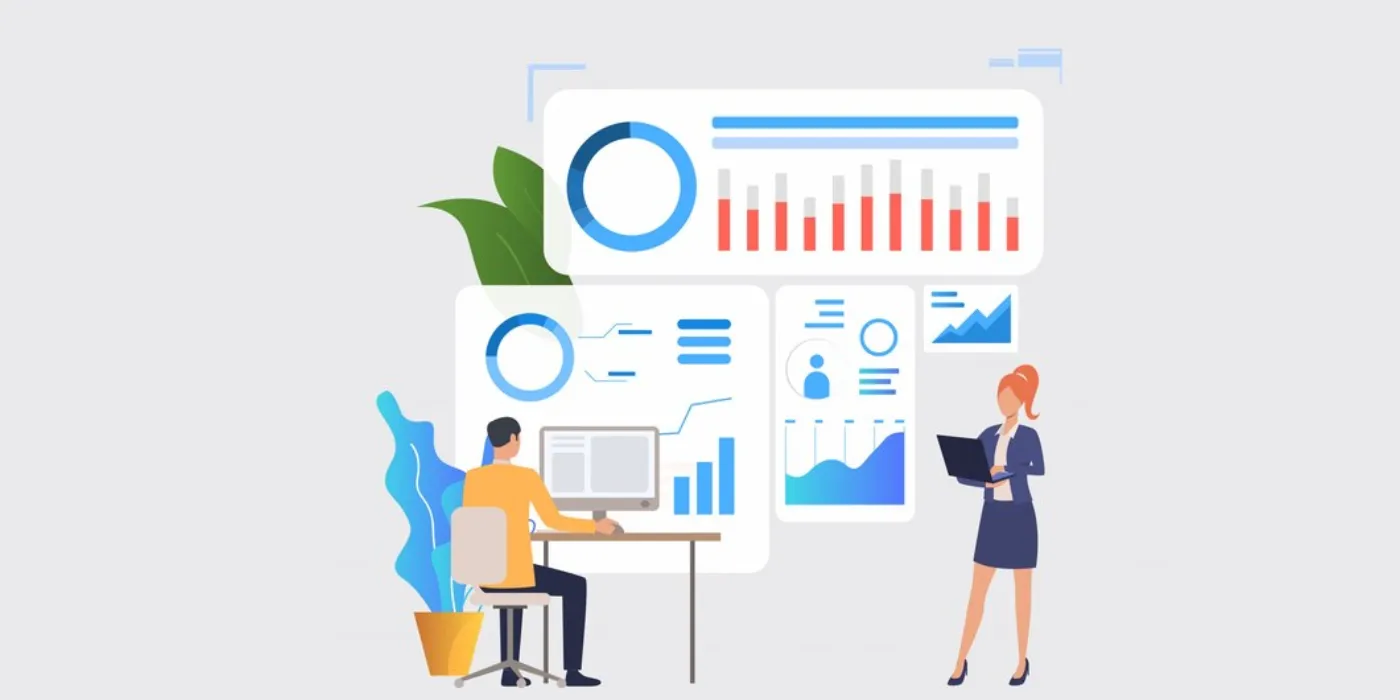In the fast-paced world of technology, APIs (Application Programming Interfaces) play a crucial role in enabling communication between different software applications. As APIs become increasingly essential for businesses, ensuring their availability is of paramount importance. This guide provides a comprehensive overview of API availability alerts, offering insights into best practices and tools to monitor and receive alerts about API availability in 2024.
Why API Availability Matters

API availability directly impacts the performance and functionality of applications that rely on them. When an API becomes unavailable, it can lead to service disruptions, downtime, and potential financial losses. To maintain seamless operations and ensure customer satisfaction, it is vital to monitor API availability and receive timely alerts when issues arise.
Best Practices for API Availability Monitoring
To effectively monitor API availability, consider the following best practices:
1. Establish a Baseline
Before monitoring API availability, it is crucial to establish a baseline by recording the normal behavior and response times of your APIs. This baseline will serve as a reference point for detecting anomalies and identifying potential issues.
2. Implement Continuous Monitoring
Utilize a monitoring solution that provides continuous monitoring of your APIs. This ensures that any issues are identified promptly, allowing for quick resolution and minimizing potential downtime.
3. Set Up Real-Time Alerts
Configure real-time alerts to notify you immediately when an API becomes unavailable or experiences performance degradation. These alerts can be delivered via email, SMS, or integrated with collaboration tools such as Slack or Microsoft Teams.
4. Monitor Response Times
Monitoring API response times is crucial as it helps you identify performance bottlenecks and potential issues that may affect availability. Set thresholds for acceptable response times and receive alerts when these thresholds are exceeded.
5. Monitor Error Rates
Tracking the error rates of your APIs allows you to identify patterns and potential issues that may impact availability. Set up alerts to notify you when error rates exceed predefined thresholds.
6. Monitor Geographical Availability
If your APIs are hosted across multiple regions, it is essential to monitor their geographical availability. Ensure that your monitoring solution can check the availability of your APIs from different locations worldwide.
7. Conduct Regular Load Testing
Regularly perform load testing to assess the performance and availability of your APIs under different usage scenarios. This helps identify potential bottlenecks and ensure scalability.
Tools for API Availability Monitoring
Several tools are available to monitor API availability effectively. Here are a few popular options:
1. Pingdom
Pingdom is a widely used monitoring tool that offers robust API monitoring capabilities. It allows you to monitor API uptime, response times, and receive alerts when issues arise.
2. UptimeRobot
UptimeRobot is another popular choice for API availability monitoring. It provides real-time monitoring, alerting, and detailed reports on API performance.
3. New Relic
New Relic is a comprehensive monitoring platform that offers API availability monitoring, along with other performance monitoring features. It provides detailed insights into API performance and helps identify potential issues.
4. Datadog
Datadog is a powerful monitoring and analytics platform that offers API availability monitoring. It provides real-time visibility into API performance and allows for proactive issue detection.
To make use of it, you must first:
- Go to Uptimeapicloud and simply click on the button “Start monitoring with 30-day Free Trial” to start using the API.
- After signing up in Uptimeapicloud, you’ll be given your personal Trail. Click on the Monitors option.
- Click on the New Monitor button and add the API details with the API name and URL.
- Once you are done, make the API call by pressing the button “Create” and see the results on your screen.
Conclusion
In the ever-evolving technological landscape, ensuring the availability of your APIs is crucial for seamless operations and customer satisfaction. By following the best practices outlined in this guide and utilizing the right monitoring tools, you can proactively monitor and receive alerts about API availability, minimizing downtime and maximizing the performance of your applications in 2024 and beyond.
Read More: Choose Uptimeapi for Reliable API Uptime Monitoring

